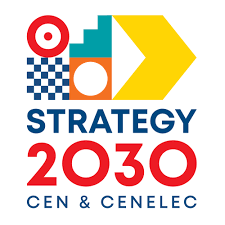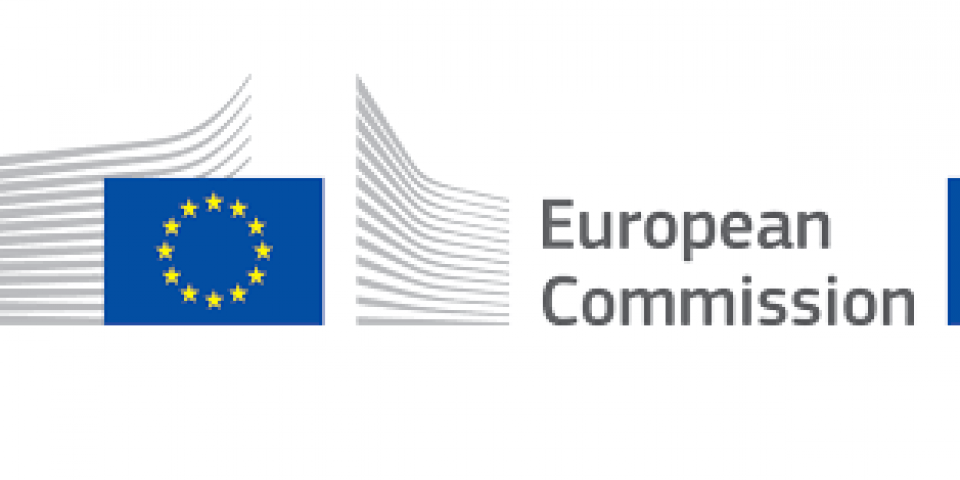Our world is changing faster than ever, driven by environmental and geopolitical changes and technological innovation. Such structural trends raise a variety of challenges across different regions and industries, and make for an unpredictable, at times even turbulent, market environment. However, these rapid changes also offer opportunities for growth and innovation. Through the new Strategy, the CEN and CENELEC community aims at “Building a safer, more sustainable and competitive Europe through European and International Standardization”. To achieve this, the organisations state as their mission: “through our stakeholders’ networks, we create consensus-based standards in order to generate trust, fulfil market requirements, enable market access and innovations for a better, safer and more sustainable Europe”.
The Strategy 2030 establishes a series of five goals that will guide CEN and CENELEC’s actions in the next decade:
- EU and EFTA recognize and use the strategic value of the European standardization system
- Our customers and stakeholders benefit from state-of-the-art digital solutions
- Increase the use and awareness of CEN and CENELEC deliverables
- The CEN and CENELEC system to be the preferred choice for standardization in Europe
- Strengthen our leadership and ambition at the international level
As a strategic framework for CEN, CENELEC and their respective members, the Strategy 2030 will provide a frame of reference to ensure complementarity, coherence and consistency across the strategic exercises and long-term objectives of all actors in the CEN and CENELEC community.
ETSI announced a new specification, ETSI TS 103 523-2: Transport Layer MSP (TLMSP), Part 2 of the Middlebox Security Protocol (MSP) series, which defines a protocol for varied (fine-grained) access control to communications traffic. This specification was developed by the ETSI Technical Committee CYBER. Middleboxes are vital in modern networks - from new 5G deployments, with ever-faster networks that need performance management, to resisting new cyberattacks with evolved threat defence that copes with encrypted traffic, to VPN provision. Network operators, service providers, users, enterprises, and small businesses require being granted varied (fine grained) permissions.
As more datagram network traffic is encrypted, the problems for cyber defence will grow. This intrusive "break-and-inspect" method, ignoring the desire for explicit authorization by endpoints, raises questions around security, privacy, and trust. ETSI TS 103 523-2, MSP Part 2 addresses this gap by specifying a protocol that allows fine-grained access and nuanced permissions for different portions of traffic, allowing middleboxes to perform their functions securely whilst keeping up with the rapid pace of technical development.
The European Commission welcomes the agreement reached by the European Parliament and the Council on the Connecting Europe Facility (CEF) proposal, as part of the next long-term EU budget 2021-2027.
The Connecting Europe Facility programme supports investment in Europe's transport, energy and digital infrastructure networks. It will support the twin green and digital transition, by contributing to the ambitious targets for the European Green Deal and the Digital Decade.
It will support the goals of the Smart and Sustainable Mobility Strategy laying the foundation for how the EU transport system can achieve its green and digital transformation and become more resilient to future crises. As outlined in the European Green Deal, the result will be a 90% cut in emissions by 2050, delivered by a smart, competitive, safe, accessible and affordable transport system. It will also prioritise environmentally friendly modes such as rail and the development of charging points for vehicles using alternative fuels.








